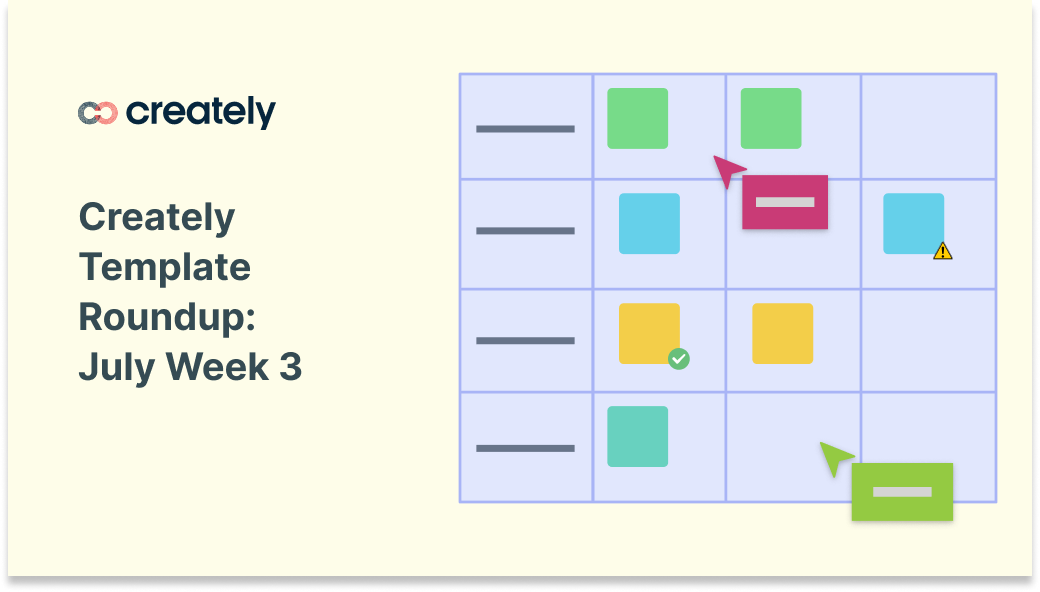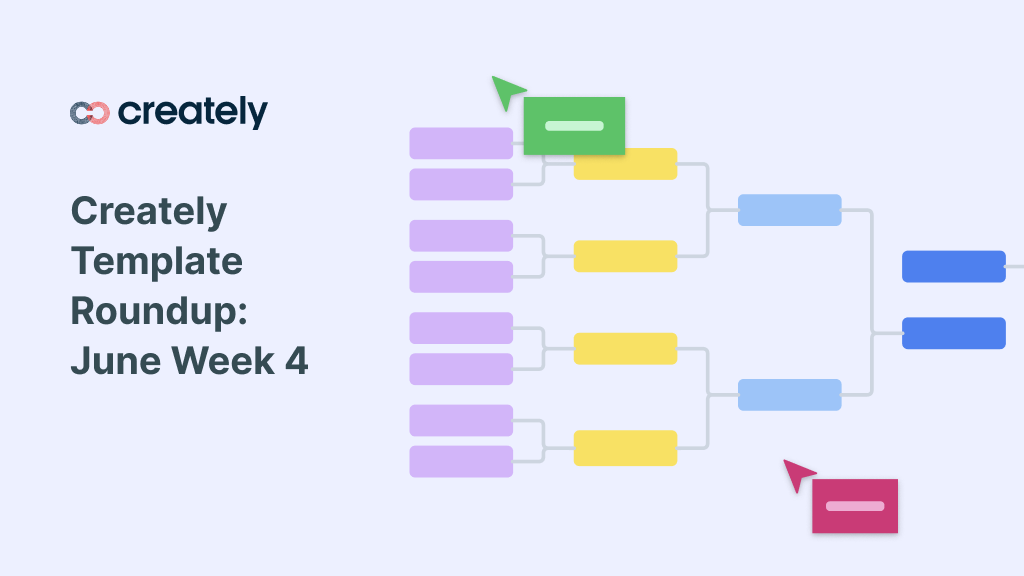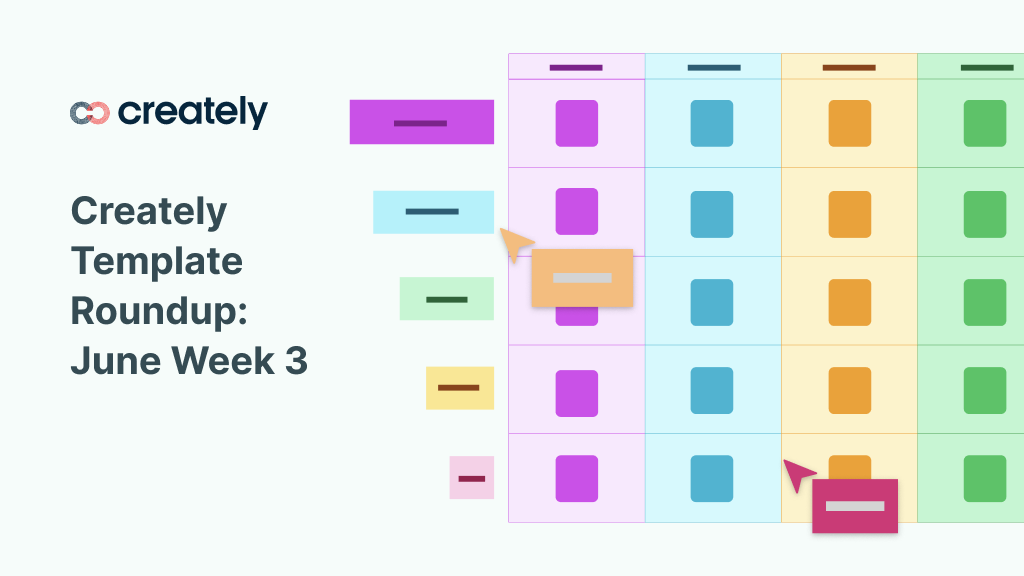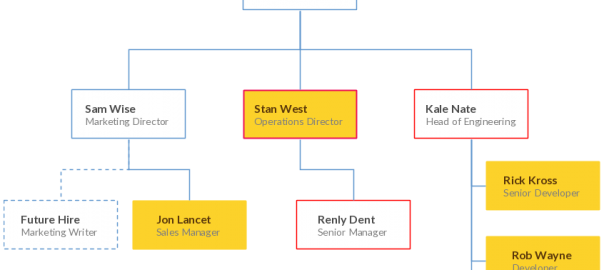Did you check our last week’s template round up post yet? Here are five new templates to help you with team building, UX design, and risk analysis. Use these templates, to streamline communication, foster creativity, and make better decisions within… Read More





